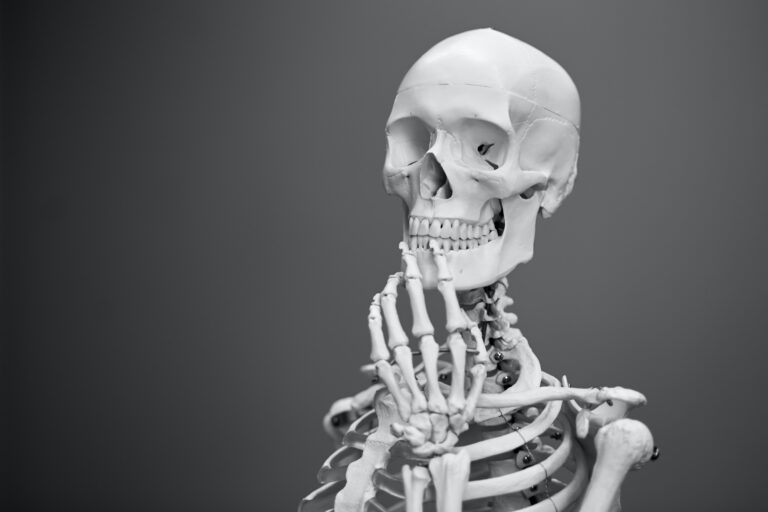
How Estate Planning Prepares for Unexpected Medical Events
Estate planning is more than the distribution of property after a person dies—in fact, a large part of an estate planning attorney’s practice concerns helping people prepare for unexpected medical issues. A recent article from Merrill Foto News, “Know Your Legal Rights: Advance Care Planning Paves The Way For Future Medical Decisions,” explains what steps should be taken.
Anyone over 18 should have certain advance care plan documents in place, although these documents become even more critical as one reaches their later years. People who have been admitted to the hospital for emergency care, treatment for illness, or surgery all need someone else to speak with medical personnel on their behalf.
Having an Advance Directive, which is also known as Health Care Power of Attorney in some states, is necessary for another person to be able to be involved with your medical care. The healthcare law has become very restrictive, and simply being a person’s spouse or child may not be enough to allow you to make critical decisions on their behalf.
It’s best to name two people as your health care power of attorney—a primary and a backup in case the primary is unable or unwilling to act. If you and your spouse are both in a car accident, for instance, you’ll need someone else to advocate for both of you.
Who to name as your agent depends upon your situation. If your adult children live nearby, one of them may be the best choice if they can be counted on to follow your wishes. If no family is nearby, naming a trusted friend may work, unless you and the friend are both elderly. What would happen if your friend predeceased you or was unable to come to the hospital in the middle of the night? Your estate planning attorney can discuss your situation and help you determine the best candidates.
While many fill-in-the-blank Health Care Power of Attorney documents are available, it’s best to have one prepared by an estate planning attorney to reflect your wishes.
Your feelings about artificial life support also may have changed. Before COVID, people often said they didn’t want to be put on a respirator. However, respirators now save lives. Your wishes to be kept alive in the presence of different kinds of medical evidence may have changed from ten years ago. What if your heart is still working and a brain scan shows evidence of mental activities? Progress in medicine has led to more complex questions and answers about patients’ prognoses; you want a healthcare power of attorney document to reflect your wishes, given advances in medicine today.
Your feelings about healthcare decisions may have changed over time, so healthcare directives and an estate plan should be updated similarly to reflect changes in your life and circumstances.
Reference: Merrill Foto News (July 25, 2024) “Know Your Legal Rights: Advance Care Planning Paves The Way For Future Medical Decisions”



